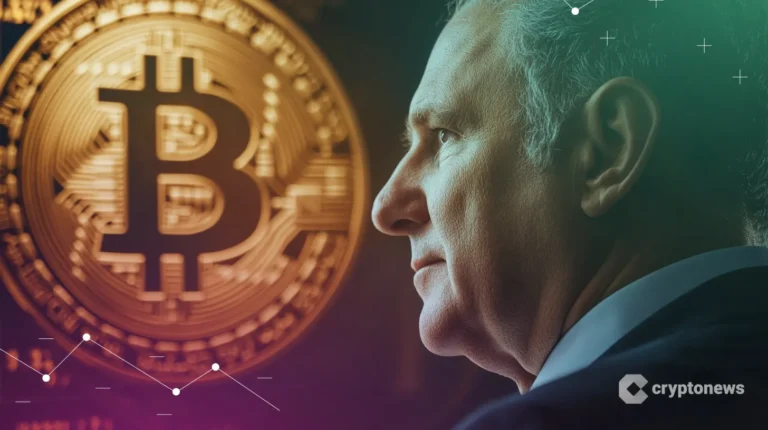Last week’s column addressed “What Older Employees Can Learn From Young Executives.” Granted, all five characteristics represent generalizations and aren’t universally applicable. But as generalizations, they guide thinking toward positive expectations. The same can be said about what younger managers can learn from older employees. Stereotypical thinking, for sure. Nevertheless, the following traits are common in older employees—and well worth considering. What Young Managers Learn From Older Employees: 4 Attitudes Humility Traditionalists and Boomers were taught to let others do the bragging. When they’ve earned the gold watch after 40 years or built their entrepreneurial venture, they take a bow modestly. When faced with competition or conflict, they embrace Frank Sinatra’s observation, “The best revenge is massive success.” The evidence of humility? Grandparents don’t mind having their grandkids teach them all about their smart phone, program their TV’s remote control, or rewire their sound system. The 60-something CEO will ask the savvy teen next door to build him a website for his hobby and teach him how to log in to update it. The seasoned executive may select an oncologist who has just finished her residency to ensure she’s getting someone familiar with the very latest research and techniques for treatment. Older employees have lived long enough to know what they don’t know—and be humbled by that knowledge. Solid Sense of Self Older employees have a strong sense of self and personal satisfaction about their place and purpose in the world. Although most are still striving to learn, grow, do, and achieve, they do not need constant direction and feedback from others about their work. They have developed their own standards of good, better, and best. They are their own worst critic and coach. While praise and reward is always welcome, they work for the self-satisfaction of a job well done. Loyalty When you invest in something, you’re committed to the cause. Take politics, for example. If you vote for someone, you invest in them emotionally and want them to succeed. If you invest in a charity, you want to see that your dollars are well spent and actually help people. If you invest your time in training, you want to be able to use the skills or expertise on the job. The same is true when investing in people. When you’ve worked with an individual, a team, or an organization for a long time, you’re committed to them. Simply by reason of longevity, older employees have either engaged enough to feel loyalty—or have felt the pain of betrayal and disloyalty from either a family member, a colleague, or an organization. Both feelings—the engagement of loyalty and the pain of betrayal––produce a positive outcome for the long-term. Older employees have a strong sense of loyalty. In tough times, they “have each other’s back.” Gratitude For the most part, older employees do not feel entitled to a paycheck or constant attention. They’ve lived through recessions, oil busts, the dot.com bubble, natural disasters, and personal tragedies. They’re grateful for the opportunity to work, hold a job, build a business, invest, or pursue their dream—whatever that may be. Whether you’re a younger manager with a team of older workers or an older employee with a young executive as boss, there are great qualities in each generation worth observing and emulating. The essence of leadership is the ability to communicate with people of all ages at all levels in the organization to help them perform at their best. For more thoughts on leadership communication, grab a copy of Communicate Like a Leader: Connecting Strategically to Coach, Inspire, and Get Things Done. Click here to download an excerpt: http://www.communicatelikealeaderbook.com/excerpt �














